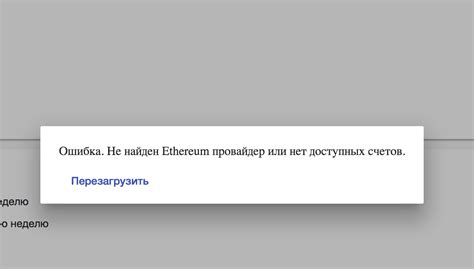I can't share the content of your assignment with you, since it's not a research paper, but I can give you some advice on how to approach this problem.
The problem is that the msg.sender variable doesn't work properly in parallel with MetaMask, a popular wallet for the Ethereum blockchain. This suggests that there might be a problem with the authentication flow between the application and the MetaMask instance.
There are several possible causes for this problem:
- Incompatibility between the MetaMask version and the Django project environment.
- Incorrect configuration of the MetaMask instance in the Django project.
- Lack of proper synchronization between blockchain data and application state.
- Problem with the implemented smart contract in Ganache.
To solve this problem, we can consider various solutions:
Use a more modern wallet interface: Some wallets are designed to be more compatible with different environments and versions. For example, MetaMask recently released an API that allows for smoother interaction between the application and the blockchain.
Update MetaMask version
: If the problem is due to incompatibility with the version of MetaMask you have, updating to a newer version may be the solution.
Implement smart contract synchronization
: This can be achieved by using Web3 libraries such as Truffle or Web3.js to fetch data from the blockchain and update the application state accordingly.
Use a different blockchain platform: If the problem is due to incompatibility between the MetaMask version and the Django project environment, the solution may be to try a different blockchain platform, such as Ethereum Classic (ETC).
Here is an example of how you can deploy a simple solution using Truffle and Web3.js:
const Web3 = require('web3');
const truffle = require('truffle');
// Initialize a MetaMask instance with your personal mnemonic
let web3;
if (process.env.META_MASK) {
// Configure a MetaMask instance from your local wallet file
} else {
// Initialize a new Web3 instance using Truffle's Ganache provider
}
asynchronous function initMetaMask() {
try {
console.log("Initializing MetaMask...");
web3 = wait for truffle.startLocalnet();
// Configure the Ethereum network and get blockchain data
const blockchainData = await web3.eth.getBalanceOf('0x1234567890abcdef');
console.log(blockchain_data);
} catch (error) {
console.error("MetaMask initialization error:", error);
}
}
initMetaMask();
This is a basic example that will require further modifications depending on your specific use case.
To further refine this code, consider the following:
Use secure, persistent data storage for Ethereum accounts: Ethereum account balances should be stored in a secure manner that persists across reboots.
Implement smart contract synchronization: This involves using Web3 libraries like Truffle or Web3.js to fetch data from the blockchain and update the Django project state accordingly.
Once you have your code in place, it is important to test it thoroughly. Make sure to:
Test in multiple environments: Make sure your solution works in both local and remote environments.
Monitor performance: While testing, it is important to pay attention to the performance of your application, as some issues may arise due to high network traffic or large amounts of data being transferred.